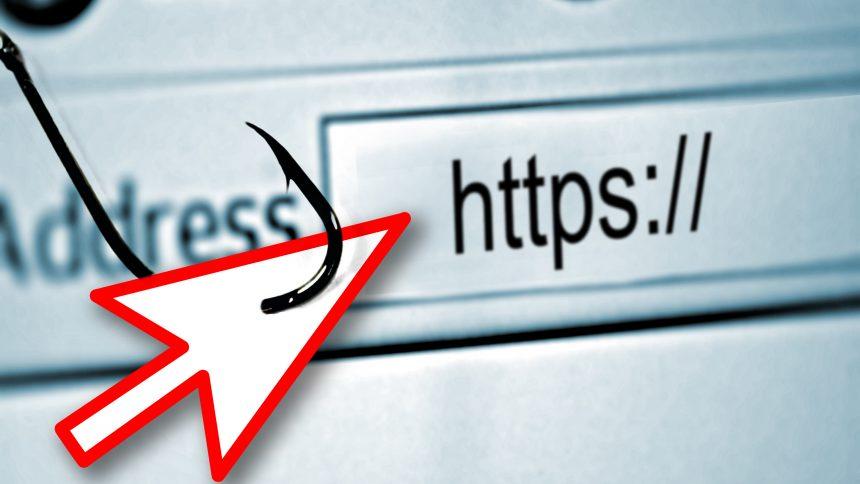Browser hijackers are a form of malware designed to infiltrate web browsers and alter their settings without the user’s permission. Typically, their primary goal is to generate revenue through forced advertisements, redirections to sponsored websites, and the collection of user data. Unlike viruses that might damage files or steal sensitive information directly, browser hijackers often focus on manipulating browsing behavior for financial gain.
Purpose and Infiltration of Browser Hijackers
The main purpose of browser hijackers is to redirect users to specific websites to increase traffic, display intrusive ads, and sometimes collect data for further malicious activities. They can infiltrate systems through various methods, including bundled software downloads, deceptive advertisements, and email attachments. Once installed, they can change the homepage, default search engine, and new tab page of the browser, making it difficult for users to revert these changes.
The Threat Posed by Browser Hijackers
Browser hijackers pose significant threats to both the infected system and the individual user. They can slow down the computer, cause frequent crashes, and expose users to additional malware by redirecting them to malicious websites. For individuals, the risk includes privacy invasion, as hijackers can track browsing history, search queries, and personal information, which can be sold to third parties or used for identity theft.
Adware vs. Browser Hijackers
While both adware and browser hijackers aim to generate revenue through advertisements, they operate differently. Adware typically displays ads within applications or webpages the user visits. In contrast, browser hijackers take control of the browser itself, altering settings and redirecting traffic. This makes browser hijackers more intrusive and harder to remove than standard adware.
Introducing the SunpassTollsBill.com Browser Hijacker
The specific threat we are focusing on is the SunpassTollsBill.com browser hijacker. This malware masquerades as a legitimate toll payment service but functions as a typical browser hijacker. It infiltrates systems primarily through bundled software downloads and deceptive advertisements. Once installed, it changes the browser’s homepage and search engine to SunpassTollsBill.com, making it difficult for users to revert these changes.
Functionality and Installation
SunpassTollsBill.com hijacker operates by embedding itself into the browser settings. Upon installation, usually unnoticed during the download of other software, it modifies the browser’s configuration to force redirections to its domain. This leads to an increase in traffic for the hijacker’s sponsored websites, generating revenue through ad impressions and clicks.
Consequences for the System and the Individual
The presence of SunpassTollsBill.com can significantly deteriorate the performance of the infected system. Users may experience slower browsing speeds, frequent browser crashes, and an overwhelming number of pop-up ads. For the individual, the risk is heightened as personal data, including browsing habits and search history, can be collected and misused for malicious purposes.
Detection
Detecting the SunpassTollsBill.com hijacker involves running a comprehensive system scan with reliable anti-malware software. Various anti-malware programs have different names for this threat, such as:
- Trojan.BrowserHijack
- BrowserModifier:Win32/SunpassTollsBill
- PUP.Optional.SunpassTollsBill
Similar Threats
Users should also be aware of other similar threats, including:
- Search.yahoo.com redirect virus
- MyStart Incredibar
- Conduit Search
These hijackers also modify browser settings and redirect users to unwanted websites, posing similar risks to system performance and personal data security.
Comprehensive Removal Guide
- Uninstall Suspicious Programs:
- Open the Control Panel.
- Navigate to “Programs and Features.”
- Look for any suspicious programs that you don’t remember installing, especially those installed around the time the hijacker appeared.
- Select the program and click “Uninstall.”
- Reset Browser Settings:
- Google Chrome:
- Click on the three dots in the upper-right corner.
- Go to “Settings” > “Advanced.”
- Under “Reset and clean up,” click “Restore settings to their original defaults.”
- Mozilla Firefox:
- Click on the three lines in the upper-right corner.
- Go to “Help” > “Troubleshooting Information.”
- Click on “Refresh Firefox.”
- Microsoft Edge:
- Click on the three dots in the upper-right corner.
- Go to “Settings” > “Reset settings.”
- Click “Restore settings to their default values.”
- Google Chrome:
- Remove Malicious Extensions:
- Open your browser’s extensions/add-ons page.
- Look for any unfamiliar or suspicious extensions.
- Remove or disable these extensions.
- Run a Full System Scan:
- Install a reputable anti-malware program.
- Run a full system scan to detect and remove any residual malware.
Preventing Future Infections
- Be Cautious with Downloads: Always download software from reputable sources. Avoid clicking on suspicious ads or links.
- Use an Ad Blocker: An ad blocker can prevent malicious ads from appearing in your browser.
- Keep Software Updated: Regularly update your operating system, browser, and security software to protect against the latest threats.
- Enable Safe Browsing Features: Use safe browsing features provided by your browser to warn you about malicious sites.
Conclusion
Browser hijackers like SunpassTollsBill.com are a persistent threat, designed to manipulate your browsing experience for financial gain. Understanding how they operate and taking proactive steps to prevent and remove them is crucial in maintaining a secure and efficient computing environment. Always stay vigilant and keep your security measures up-to-date to safeguard your personal information and system performance.





